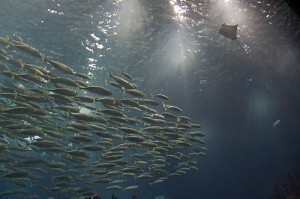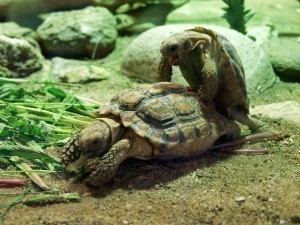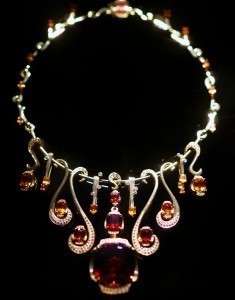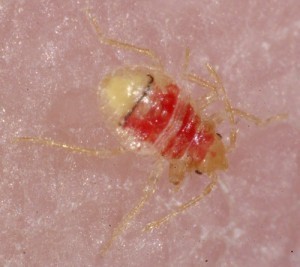Worlds Biggest Aquarium Fish
There are many contenders for the title of the world’s biggest aquarium fish. One of the likely contenders is the arowana. The fish can reach lengths of 4 feet (120 cm) when it reaches adulthood.
Physical Characteristics
Aside from its large size, the fish has mandibular barbells. These are whiskers that aid the fish when swimming. The arowana is carnivorous. This freshwater fish can be found in many oceans and is known by many names.
If the environment is healthy, the fish can live for ten years. The arowana has a streamlined body. It grows very quickly and is known for its aggressive behavior.
How to Choose an Aquarium for the Arowana
The size of the arowana makes it a strong contender for the world’s biggest aquarium fish. For this reason, width is more important that the height. A baby arowana has to be kept in a tank 20 gallons long. A fully grown fish has to be kept in a 180 gallon tank. This is necessary so the fish has room to swim.
Make sure that the aquarium is covered. The arowana swims close to the surface. If the aquarium is uncovered, the fish may jump out.
Classification
The arowana belongs to the Osteoglossidae fish family. It is known as the barramundi, dragon fish and bony-tongued fish. It is also known as the Kelesa.
Aquarium Pets and Variants
The arowana is popular as an aquarium pet in North America. It is also gaining popularity in many countries in South America, Australia and Asia. One of the better known variants is the Asian or golden arowana.
This fish is very popular because some people believe it can bring good luck. The silver arowana can be found in the Amazon. There is also the spotted arowana. This fish likes to swim in waters with temperatures of 75 to 85 F. This is equal to 25 to 28 C.
The Northern Saratoga is an arowana variant found off the Australian coast. Unlike the other arowana, the fish is not aggressive. The African arowana prefers to swim in warm waters.
While there are many variants, all of them like to eat smaller fish, shrimps, insects and worms. If kept in aquariums they can also be fed flakes or fish pellets.
When feeding one of the world’s biggest aquarium fish, it is recommended that they be fed three times daily. When they reach adulthood, they can be fed only once a day.





